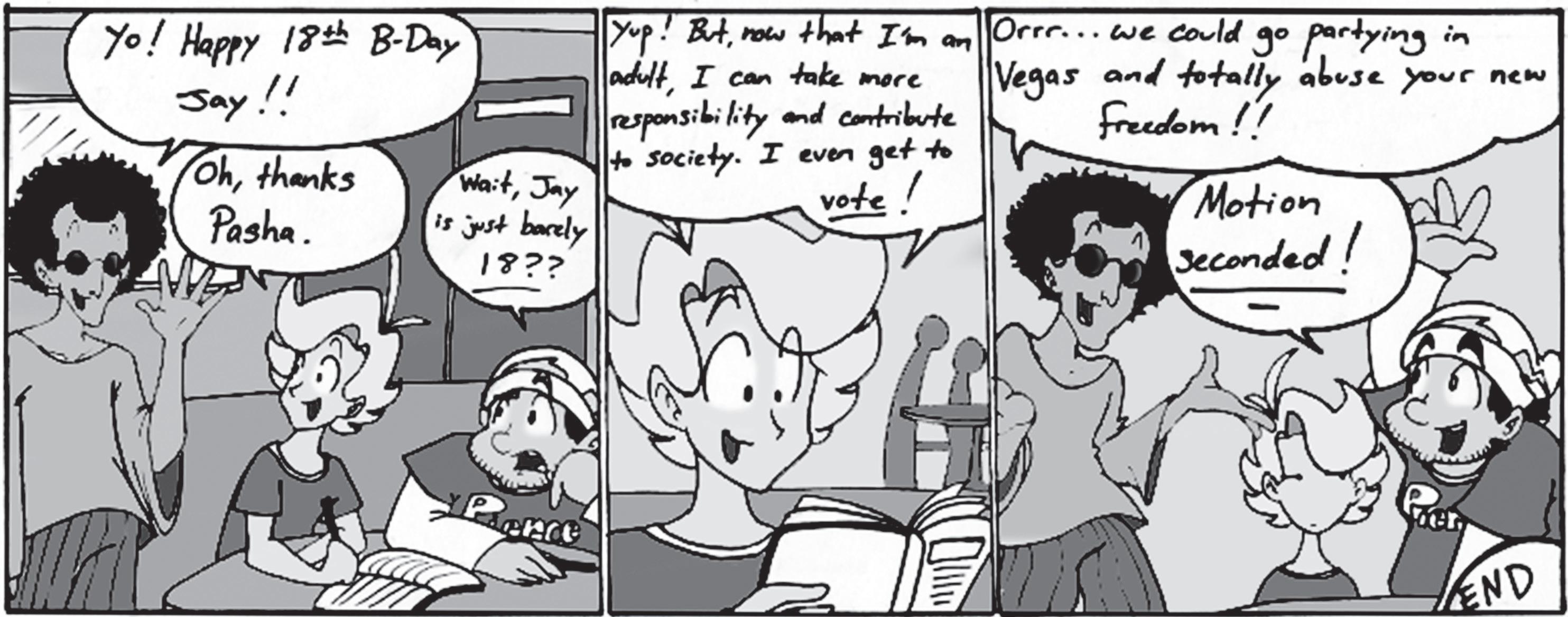
2 minute read
Drugged driving bill needs more deliberation New legislation leaves loop-holes and questions unanswered
wheel of a vehicle.
On paper it is easy to agree with Senator Lou Correa that being impaired by any drug is dangerous when driving, but there are too many problems that arise.
Advertisement
— CORRECTIONS —
Volume 118 - Issue 2
On the front page, the professor that was assaulted in the Village was not a professor, but an instructor.
In the correction box on page 2, EB was corrected to stand for English Building in the editorial, where the original mistake was in the column from issue 1, not the editorial.
The term DUI to many people simply implies the meaning of driving under the influence of alcohol, but a new bill proposed to the Calif. congress looks to tackle the issue of drugged driving.
This legislation, Senate Bill No. 289, will make it a crime for a crime for people with any trace amounts of drugs classified in schedules I, II, III, and IV of the California Uniform Controlled Substance Act to be behind the
The one that jumps right out front is the question of how an officer supposed to test if a suspect is under the infuence of drugs on the spot. Are officers going to have to arrest individuals, tow their vehicles, take them back to their station, wait for results from a drug test and then charge or release them?
It seems like too much of a hassle for any officer, let alone the police station, to go through such extensive processes with the possibility of releasing the suspect.
By Austin Faber
To prevent this, a field test needs to be created, but would it be able to accurately test that individual’s current sobriety?
For instance, how can the arresting officer be certain that the suspect is not completely sober but still have the drug in their system?
Some over the counter drugs like Sudafed and Nyquil can give false positives for meth because of certain ingredients used in both drugs.
Other drugs like marijuana can stay in your body days after usage providing a positive test for the drug, but the individual may not be impaired.
An easy solution may be an impairment test similar to ones used in cases of alcohol. However, the question then becomes, can it still be effective for the listed drugs that can increase focus like cocaine or other stimulants.
Another problem with this bill is that it makes exceptions for drugs with prescriptions and over the counter drugs, those classified in schedule V, due to their low dosages.
Though they have a low potential for abuse, people can still be easily impaired by these drugs and the accessibility is far easier than any other drugs classified in Schedules I-IV. SB 289 is in session undergoing deliberation and should not be passed by Calif. congress. This piece of legislation is going into the right direction but its fine details need to be hammered out going forward.








